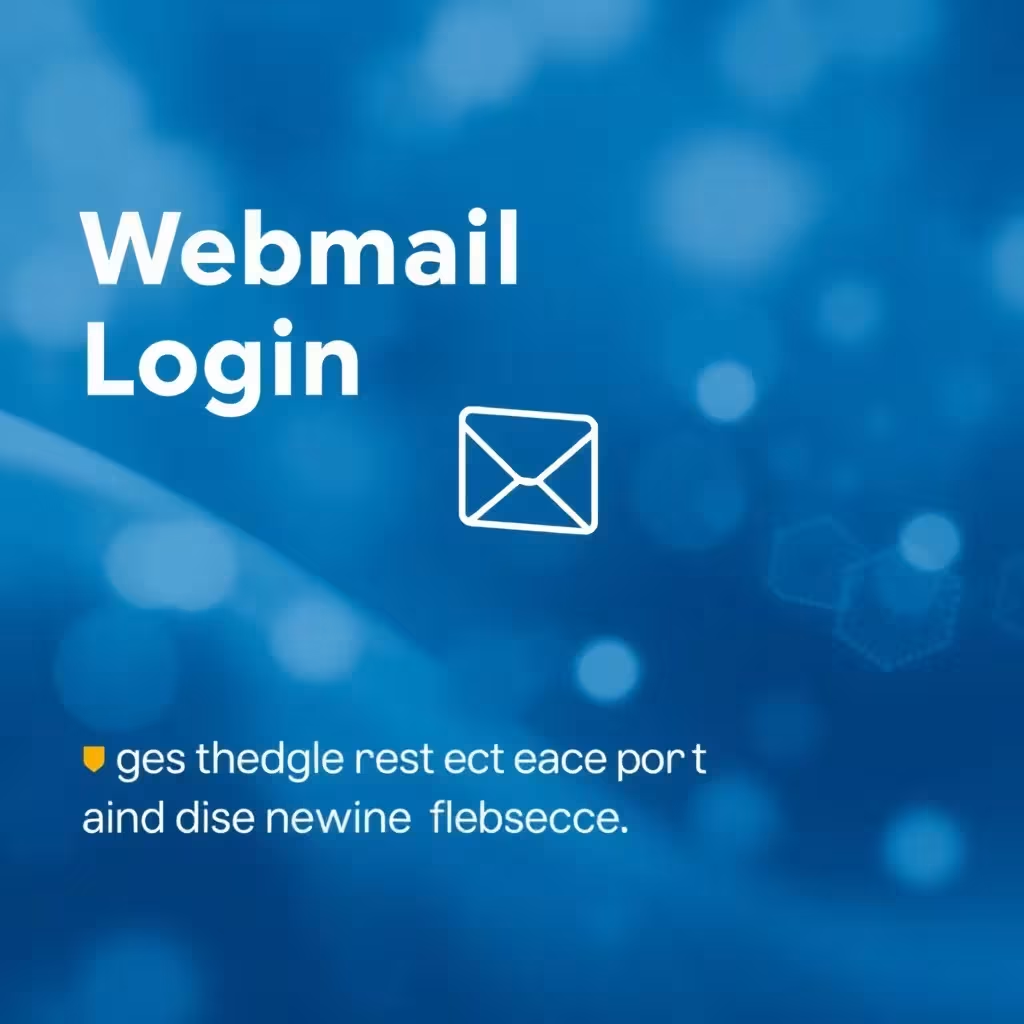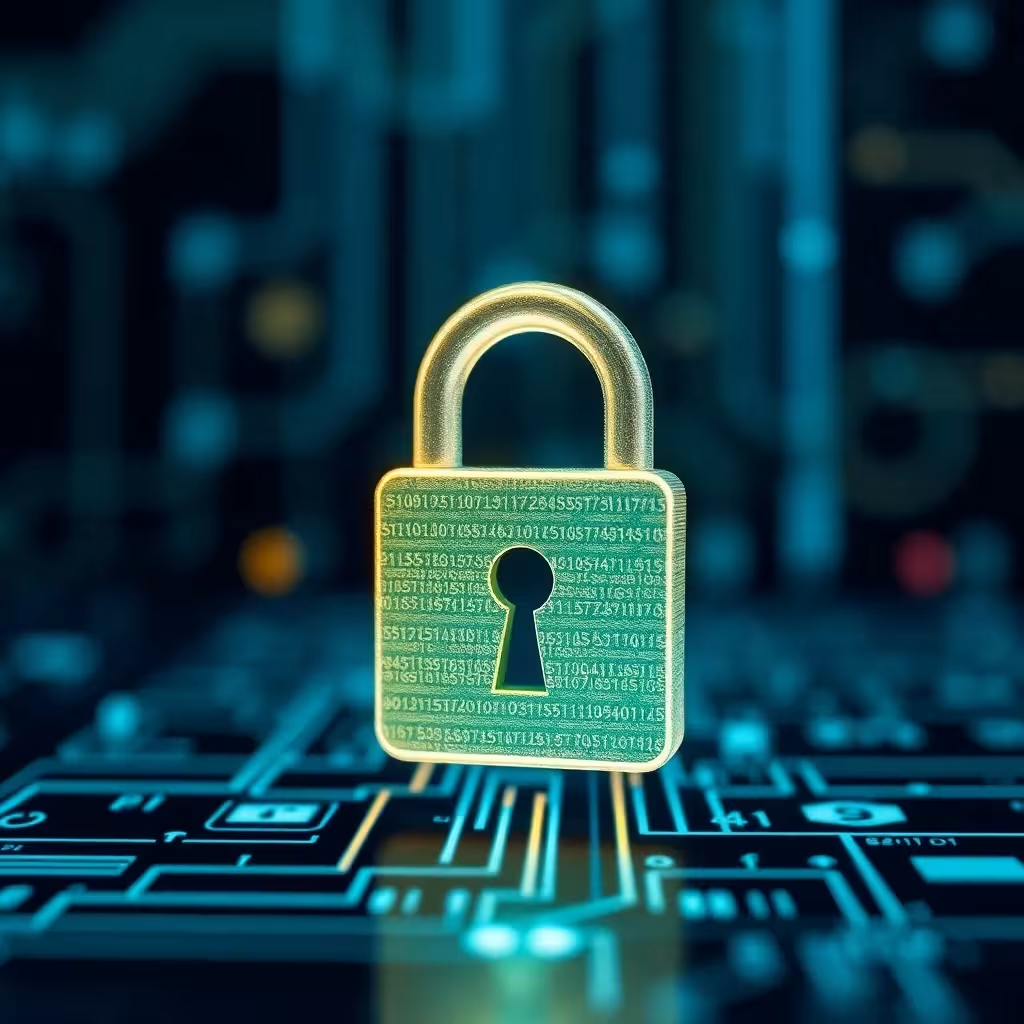The best webmail apps for smartphones 2025 offer improved security, smarter features and efficient organization right on your mobile device. Whether you travel a lot for work or want to keep your private communication under control - these apps help you to structure your everyday life digitally and manage your emails reliably.
Key points
- Gmail as a reliable all-rounder for all user groups
- Outlook with its strong focus on business features
- ProtonMail Convinced on the subject of data protection
- Spark allows collaborative work around e-mails
- Blue Mail combines flexibility and system compatibility
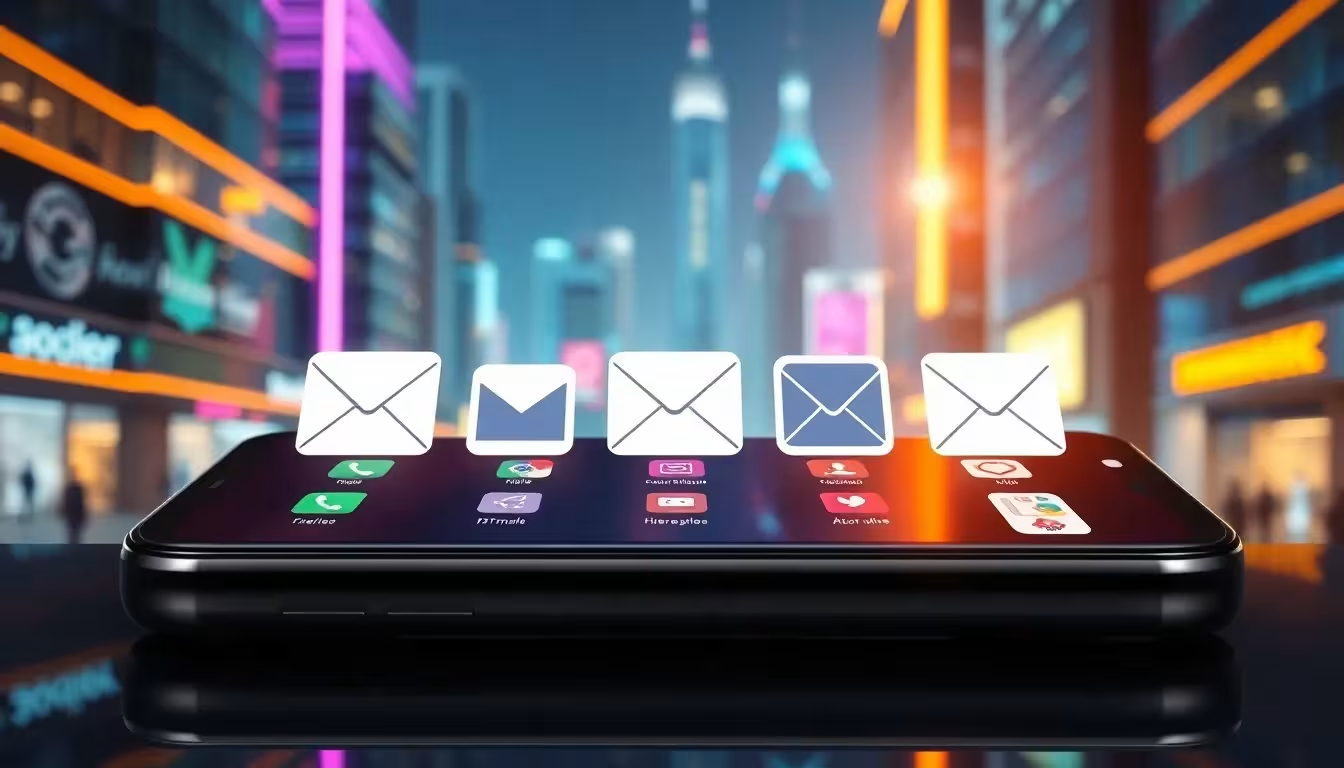
Gmail: The classic with smart automation
Gmail remains one of the most popular webmail apps for smartphones in 2025 - and for good reason. The app shines with a clear user interfaceexcellent integration of Google services and a very good search function. The automatic sorting of emails according to social networks, advertising or updates makes your daily flood of emails much easier. The smart labels are particularly practical, allowing you to keep your emails under control visually and thematically. Gmail is also technically extremely well set up with offline mode and two-factor authentication.
Outlook: Manage business e-mails efficiently
If you regularly process work emails, it's worth taking a look at Microsoft Outlook. The so-called "focused inbox" helps you to find the really important important news immediately recognizable. The direct link to the Microsoft calendar and mobile task lists makes Outlook a powerful business tool. Outlook also scores points with phishing protection, optional email encryption and automatic replies. Multiple email accounts can also be easily synchronized - with a uniform interface on all end devices.
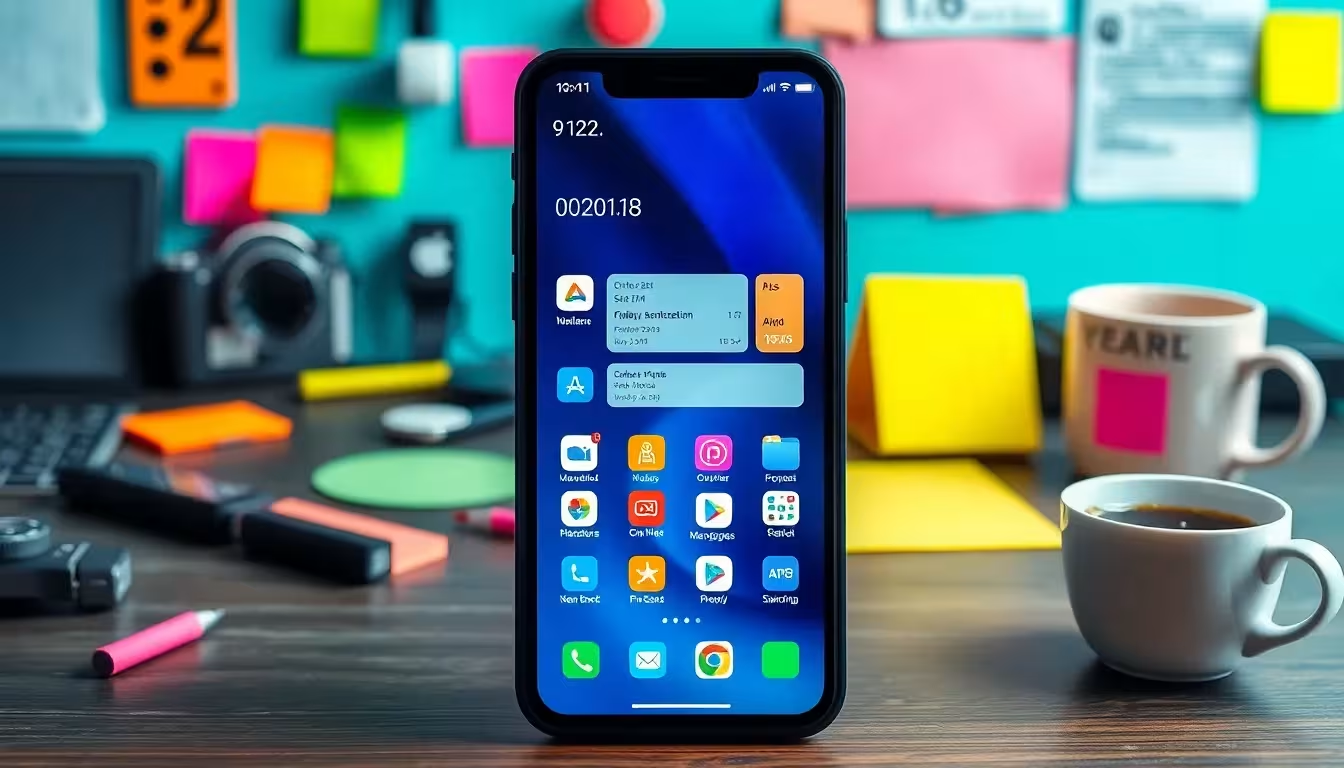
ProtonMail: Highest security on Swiss servers
Does data protection play a central role for you? Then ProtonMail is the right app for you. This email client encrypts messages before they are sent. ProtonMail also offers a anonymous registration without a telephone number or personal details. The app runs on servers in Switzerland, which means it is subject to strict regulations. Self-destructing messages are another extra that protects sensitive information even better. Also ideal for anyone who sends emails internationally and wants to actively manage their data protection.
Spark: Teamwork on an e-mail basis
Spark offers you a special function: you can write email drafts together with your team and add comments directly to the message. This saves long coordination chains via Messenger. The application automatically sorts newsletters, private emails and business correspondence - so your team stays on the same page. Inbox clearly arranged. The app supports different accounts in parallel, which is particularly useful for freelancers and project managers. Integration with services such as Dropbox or OneDrive is also helpful for productive work.
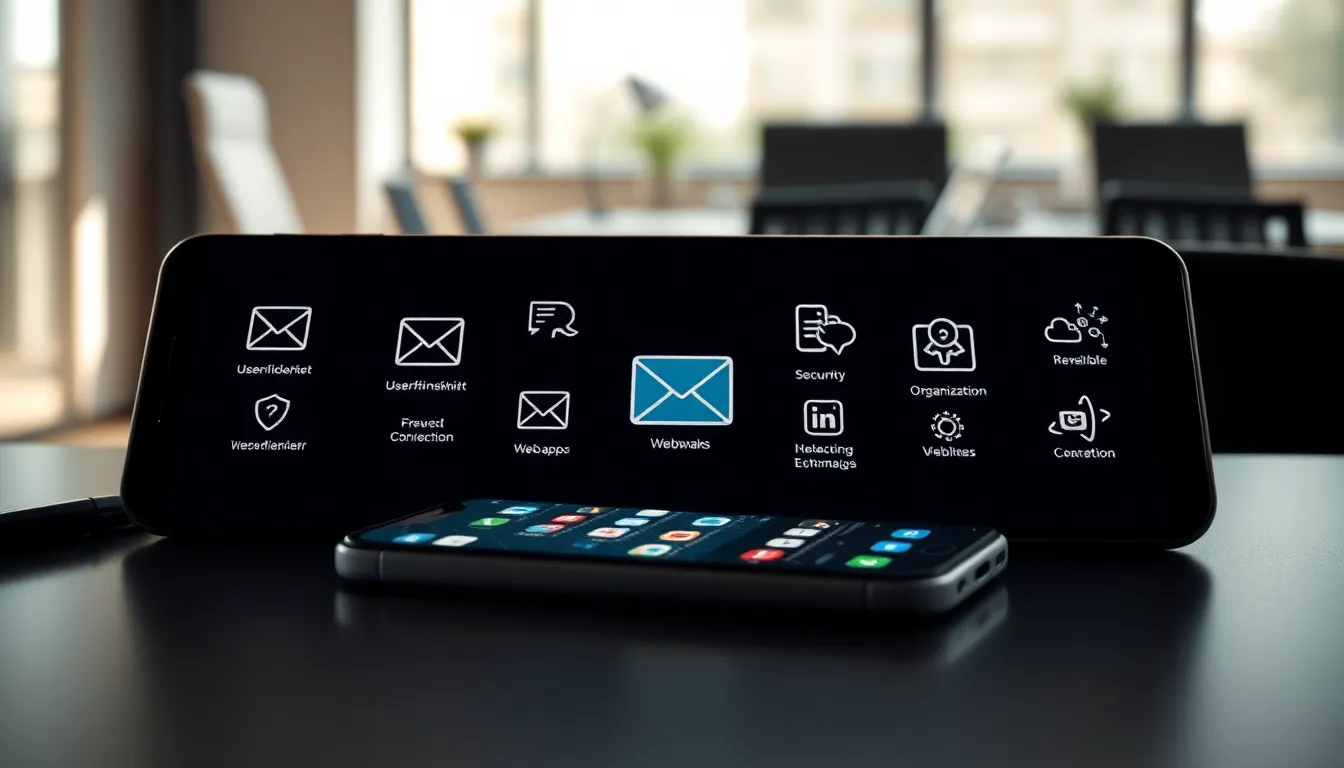
Blue Mail: Maximum compatibility, effective management
Do you use different providers such as GMX, IONOS or Outlook in parallel? Blue Mail is one of the few clients that seamlessly supports almost all mail services. The app provides rich text signatures, integrated task management directly in the inbox and device synchronization with "MagicSync". You can manage accounts with your own color coding and push notifications. Thanks to configurable menus, you can speed up the view. For users of IONOS Webmail This results in particularly simple operation.
A comparison of the most important functions
The following table gives you an overview of the five best webmail apps for your smartphone:
| App | Special feature | Security features | Suitable for |
|---|---|---|---|
| Gmail | Smart labels & Google integration | 2FA, spam filter, TLS | Everyday life, job, school |
| Outlook | Microsoft Calendar & Tasks | Phishing protection, encryption | Business, Project management |
| ProtonMail | End-to-end encryption | Zero Access, Switzerland hosting | Confidential communication |
| Spark | Team communication & categories | Account protection + SSL | Teams, Company |
| Blue Mail | Multi-account support & tasks | Push-Auth, device security | Mixed use, everyday use |
Furnishings and suitability for everyday use
Installing and configuring your webmail app rarely takes more than five minutes. With some providers - for example All-inkl Webmail - we recommend taking a look at the step-by-step instructions. Once set up, synchronization across different devices can be established without any problems. For security, you should regularly change passwords in the settings and activate two-factor protection. This ensures that private and business email accounts are securely combined on your smartphone.
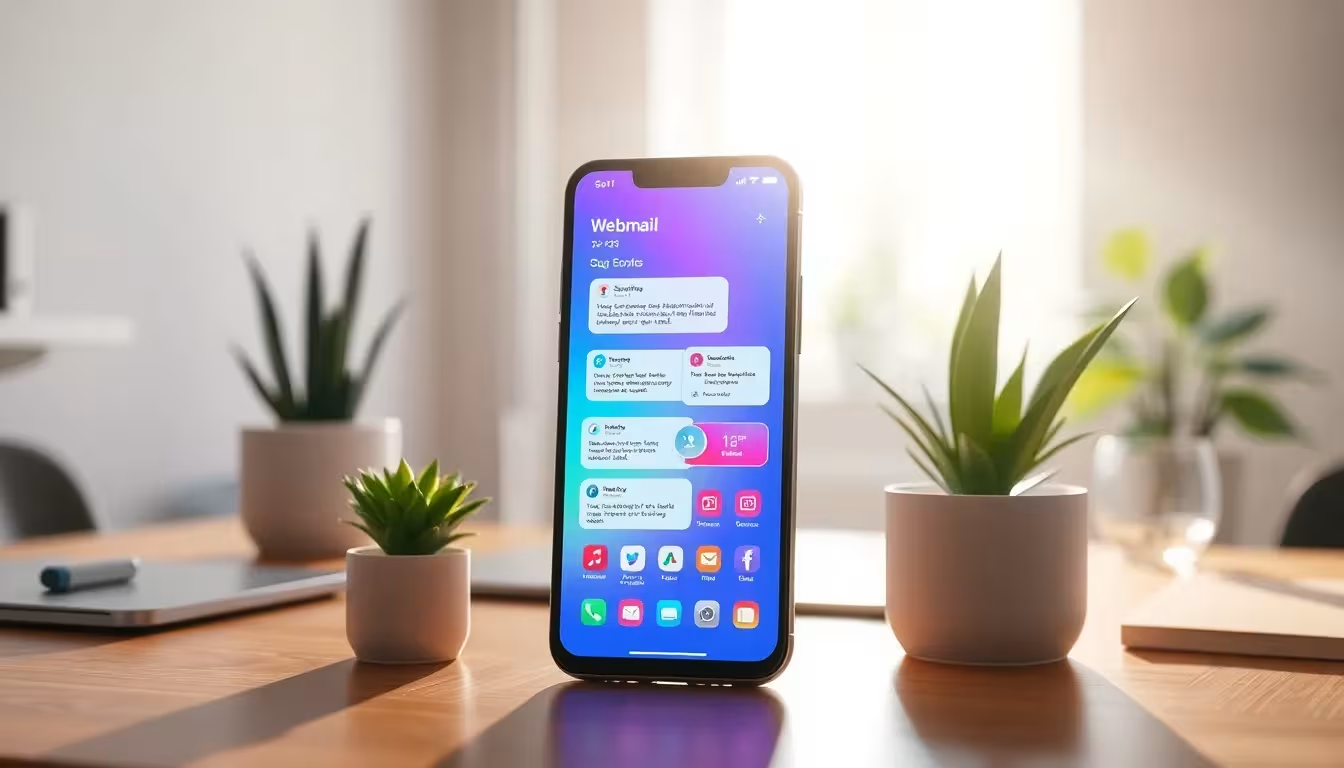
Special functions that count in 2025
In 2025, many webmail apps will rely on AI-based tools for automatic categorization or even reply suggestions. While Gmail scores with smart replies, Spark offers tools for efficient group coordination. Outlook has improved the analysis of email usage and now suggests meeting times directly in the app. ProtonMail is working on pseudonymized metadata to better anonymize email headers. Blue Mail has introduced a new function to "expire" old messages - a practical backup-friendly feature.
Technological development in the webmail market
2025 is the year in which webmail will definitely dominate mobile. Desktop versions will increasingly be used for administration or archiving, with the majority of communication taking place via apps. Developers are investing heavily in Automated processes and streamlined user experience. The desire of many users for comprehensive security is particularly important - not only for the content of emails, but also for access protection. The number of providers with E2E encryption is growing steadily.
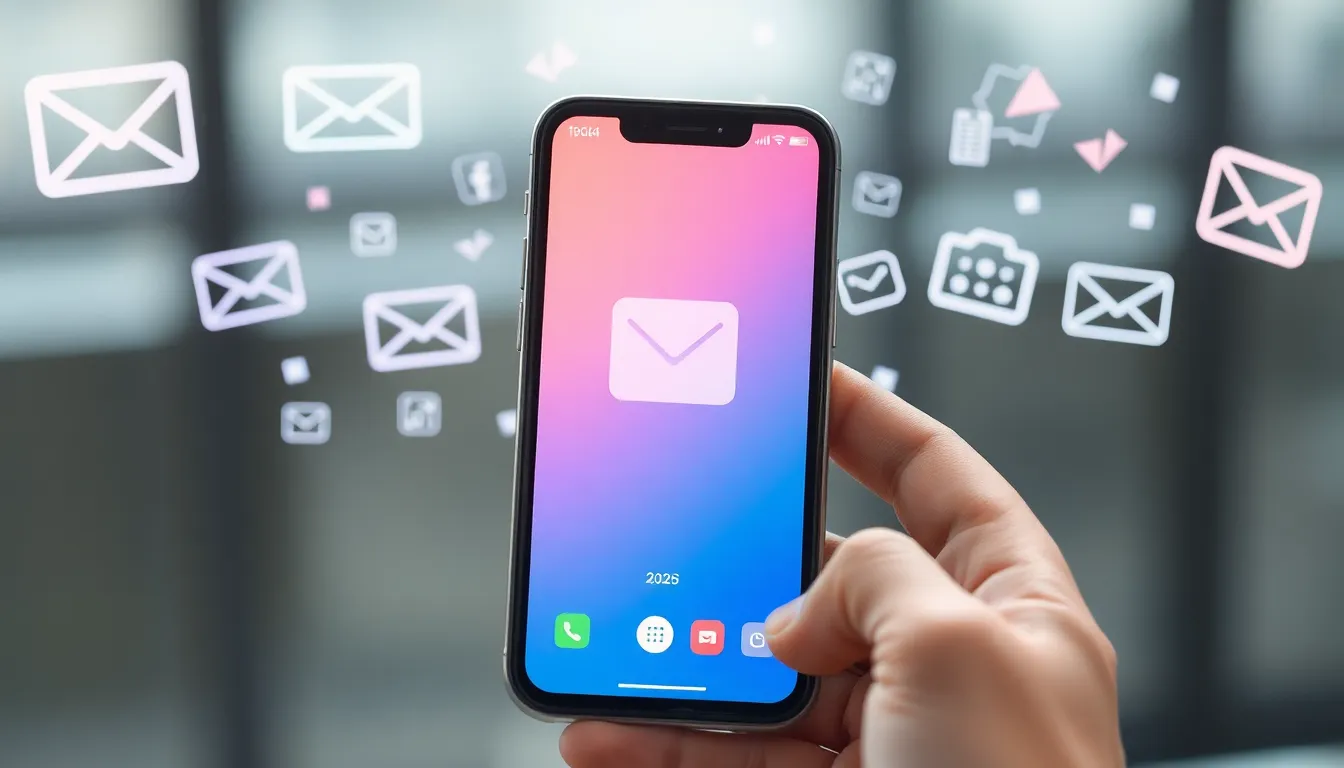
Data security and compliance: what matters in 2025
Especially in times of stricter data protection laws, it is important that a webmail app is continuously updated in addition to 2FA, spam filters and encryption. This means that potential security gaps can be closed quickly. For many companies, it is important whether an app offers compliance with regulations such as the General Data Protection Regulation (GDPR) or industry-specific regulations. ProtonMail continues to be one of the pioneers here, as the servers in Switzerland are subject to strict regulations. Outlook and Gmail offer extensive compliance tools, which is appreciated in companies with very high security standards. Some apps also allow security policies to be rolled out company-wide, which simplifies the management of many devices. So anyone operating in a business environment should definitely pay attention to central admin functions and reporting in order to maintain an overview of compliance with data protection and security requirements at all times.
The apps also differ in their approach to spam, viruses and phishing. Gmail and Outlook use large databases and AI-based systems to detect and filter spam at an early stage. ProtonMail relies on strict protocols for analyzing incoming emails and encrypts them on the end device so that even an intercepted letter is difficult to decrypt. Blue Mail, on the other hand, integrates various security and authentication methods, for example to check the identification of the sender. For everyday mail traffic, even a simple setting such as blocking external images can minimize the risk of unintentionally sending information to spammers.
New trends: additional automation and barrier-free design
Another aspect that will be particularly noticeable in 2025 is the increasing importance of accessible design in webmail apps. Screen readers and well-structured interfaces are now almost standard, but they are still not optimally implemented in some apps. Gmail and Spark have made great progress here by allowing font settings, contrasts and better keyboard navigation (for example when using a tablet). Outlook has also expanded accessible functions to make it easier for people with visual impairments or motor impairments to use. Instead of complicated gestures, Outlook offers an easily accessible help area and configurable interactions. This makes it easier for new users to get started and improves efficiency at the same time.
The market is showing great innovation in the field of AI-supported automation. In addition to categorizing emails, some services also rely on adaptive algorithms to provide you with targeted suggestions for processing or replying. With Gmail, this is called "Smart Reply" or "Smart Compose" and can save time in everyday life. Outlook has refined AI-supported scheduling by making automatic suggestions for free slots in the calendar and can coordinate appointments without much consultation. Most users benefit from this, especially if they are frequently in contact with the same teams or business partners. Spark links these functions closely with team communication so that shared documents can be found quickly within the team and commented on spontaneously in emails.
Email management for frequent users: tips for storage and archiving
Especially if you have to deal with a high volume of emails at work or at university, structured management is essential. In addition to classic labels and folders, apps such as Spark allow you to create "intelligent filters" that automatically move certain emails to folders or mark them accordingly. This creates order in your inbox. Gmail, Outlook and Blue Mail offer similarly convenient filter functions, where you can use senders, subject lines or attachments as criteria. Due to its focus on security, ProtonMail also places importance on a fairly robust folder and label structure - however, due to the encryption, you cannot intervene in all automated workflows here, which can also be an advantage depending on your requirements.
If you have to keep email conversations from a long time ago for professional reasons, you should make sure you have a reliable archiving function. With Outlook, you can automatically save older emails in archives - locally or in the cloud. Gmail is known for its archive function, where emails can be found almost immediately using the comprehensive search field. Spark and Blue Mail both offer quick archive solutions as well as customizable schedules to move older messages out of the direct inbox after some time. In any case, make sure that you only filter out those emails in the archive that you no longer need so that important information is not lost.
Offline use and access speed
What if you're on the move and don't have a reliable mobile network? Some webmail apps such as Gmail or Outlook are perfectly prepared to provide offline versions of your emails. So you can read new messages on the go and even compose replies that are sent automatically as soon as you are back online. ProtonMail also offers a limited offline function that allows you to read already synchronized emails on your device. Spark and Blue Mail also have their own solutions for making emails available offline, whereby synchronization takes place quickly if the network is stable. This means that users are not dependent on permanent internet connections and can also process emails during train journeys, air travel or in remote areas.
The speed of access is consistently high in 2025. Most providers have optimized their server architectures for mobile access so that even larger attachments can be loaded without any problems. Blue Mail further increases speed by synchronizing multiple accounts simultaneously and using caching mechanisms. This means you don't have to open multiple apps to check emails from different providers. Thanks to a uniform interface that updates dynamically, handling emails remains efficient and clear.
Summary: Your optimal email setup 2025
The best webmail app depends on how you use your smartphone: Those who work heavily with Google will benefit from Goggle's integration with Gmail. Outlook, on the other hand, is aimed at professionals with lots of appointments. ProtonMail promises maximum discretion and Spark makes team collaboration much easier. If you combine systems, Blue Mail remains the most flexible option. Before you decide: Take two to three days and test the apps. This will make your daily use more efficient - and more secure.


